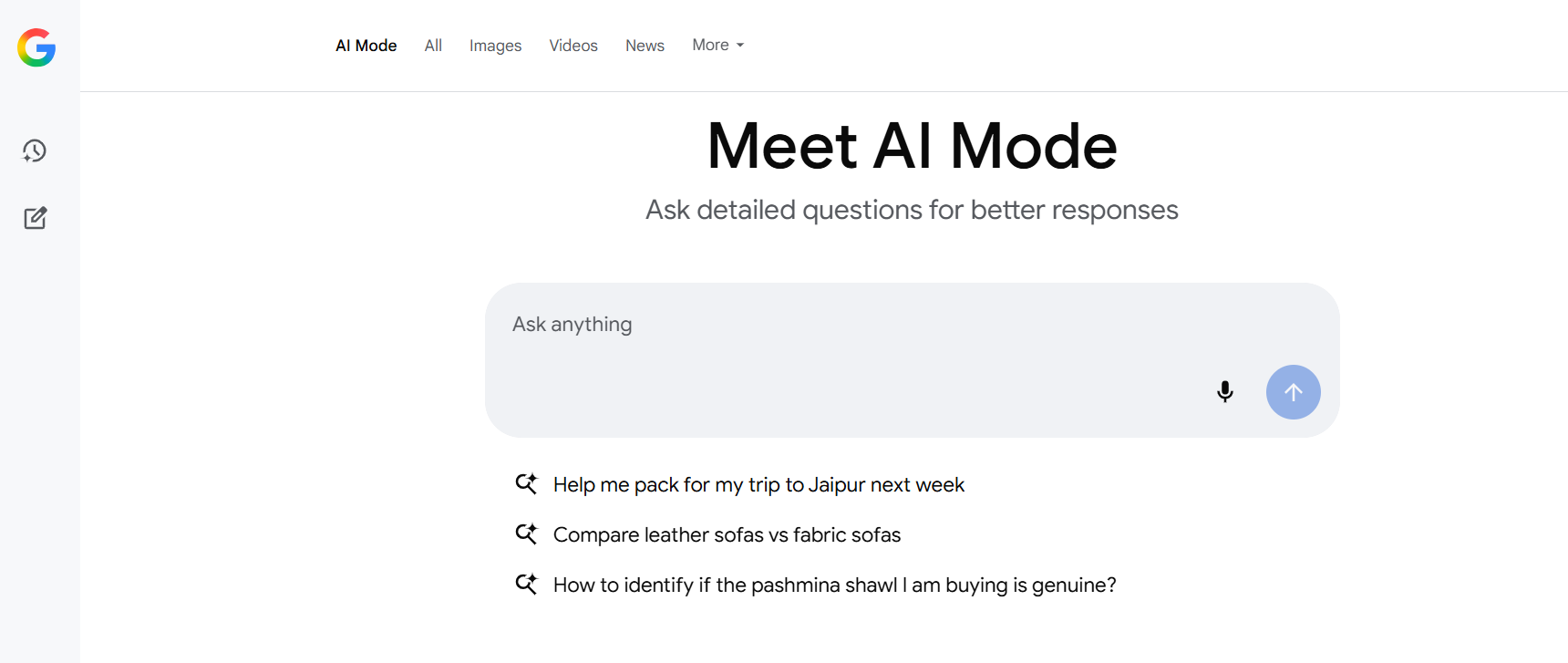As a global pandemic, there is so much that COVID-19 has put at stake. This is implied in terms of life, economy, social conditions, and so much more. However, like every picture, there is a brighter side to this situation also.
The healthcare system has primarily incorporated so many innovative features in its functioning in the past few months. This is in lieu of the demands and challenges that were faced on the medical front.
Before the pandemic situation arose, the possibility of such radical changes sweeping in so effortlessly was least thought of. But as the need of the hour suggested, remote consultation, expansive ICU capacity, research parameters, and varied treatment methodology paved their way in.
Such changes in a short time span vouched for its capability to take up any challenge positively. However, the system needs to constantly regulate its strategy to eliminate the superficial and include the necessary. Irrespective, one thing that remains constant is that there is no going back after these revolutionary developments.
The Hope for Betterment
At the stage we are at, we might have potentially found a vaccine for this gruesome virus. A week ago, Some of the vaccine developers analyzed the vaccine’s capability of preventing 90% of people from contracting the virus.
An American Biotechnology company published its phase III report on the potential COVID-19 vaccine. The analysis implied that the vaccine is capable of dealing with 95% virus.
Although the European supply chain will take a while to get fully functional in order to deliver the vaccination, the beginning is here. Next month, the first doses are set to be administered by the UK’s primary care system.
The Existing Problems
Now that we are on the verge of developing a vaccine that will be capable of tackling the virus, the problems haven’t completely subsided. On one hand is the responsive UK healthcare system, while on the other hand are the challenges that have popped up.
The primary issues that are yet to be dealt with are as follows-
· Maintaining the entire healthcare chain. This includes eliminating issues related to diagnosis, treatment, and reaching out to non-COVID patients also. The need of the hour is to create a healthy balance between the pandemic’s demand and the organic healthcare system.
· Especially for COVID-19 patients, providing primary and secondary healthcare is at the center stage. In addition, test and trace programs, alongside vaccination programs are also a vital initiative that must be provided efficiently.
· Lastly, the demands have created pressure on the capacity of the richest data source organization. Currently, the organization is responsible for delivering about 90,000 vaccinations to people. This is to be done when there is a considerable reduction in the number of active staff members.
What is the Way Ahead?
The way the demands are accelerating during the pandemic, innovative techniques are required to meet them. Digital technologies and data handling will be a significant part of this approach. For instance, diagnostic tools, medical devices, AI, and data handling software need to be introduced in the system.
Here is what can be done hereon-
· The first step is to analyze what is working on the ground level. For example, digitalization is the new trend. Remote consultation and healthcare providence have become a hit everywhere. Virtual Cockpit technology in the UK was implemented at a hospital based in the UK itself. Via this technology, the deliverance of remote scanning and expert knowledge between MRI scanners became possible.
The vulnerability of staff members to the virus has significantly decreased with the advent of this particular piece of technology. This is because it allows three imaging systems to simultaneously scan MRI or CT scans from a central control room.
· Secondly, the richest data source organization needs to play things to its advantage. It will support early detection and diagnosis.
The amalgamation of these technological parameters has led to innovations in the clinical front. The situation demands rapid delivery of medical services to millions of people, which maintains the quality standards.
Only one thing stands in the way of establishing the best possible system. Communicating information securely is the end goal to build an efficient system.
The Future of Healthcare System: An International Approach
There isn’t going to be a better time to work on the digital capacity of the healthcare system. And working on it internationally will help play along with the benefits of other countries while helping them in their grave areas.

During COVID-19, research studies have been shared across borders to facilitate the process. For example, the EU interoperability gateway has established a link across participating EU countries. Herein, the virus’ whole-genome sequence is shared at every level as a part of integral information.
In case you belong to the Healthcare Industry and are looking for Telemedicine services or an IT firm that can help you build a customized healthcare software for conducting telemedicine services; contact SoftGrid Computers today!
At SoftGrid Computers, our Telemedicine software experts possess years of experience and immense technical proficiency to build a custom Telemedicine delivery system to minimize the workload from an individual or healthcare organization. Our team can assist you in designing customized hospital management softwares integrated with Telemedicine services to gain an edge over your competitors.
Contact us to learn more about how we can build an innovative healthcare delivery model for you!

 Web and Full Stack
Web and Full Stack CMS and Frameworks
CMS and Frameworks Online Marketing
Online Marketing Cloud Services
Cloud Services ECommerce
ECommerce Mobile
Mobile



